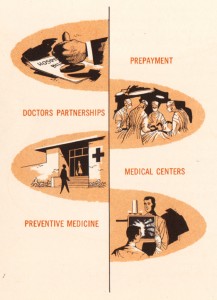Opening the Permanente plan to the public
On July 21, 1945, Henry J. Kaiser and Dr. Sidney Garfield offered the health plan to the public, changing how families experienced preventive and integrated care.

“Total Membership, Bay Area Permanente Health Plan, January 1943 through January 1952.” From “A Report on Permanente’s First Ten Years,” by Sidney Garfield, MD, in the Permanente Bulletin, August 1952.
During World War II, Henry J. Kaiser’s 50-cent-a-week nonindustrial health plan for his shipyard workers was so overwhelmingly popular that the Permanente Health Plan had trouble keeping up with enrollment and facilities. But as the war neared its end, plans had to be made about whether or not to keep it going.
On July 21, 1945, Henry J. Kaiser and founding physician Dr. Sidney Garfield let it be known that their proven system of care would be open to the general public. The San Francisco Chronicle article led with this:
"Henry J. Kaiser’s Permanente Foundation Hospital in Oakland, built to provide pre-paid medical care for 100,000 shipyard workers, has been opened to the public. Clyde F. Diddle, administrator of the $2,000,000 hospital at Broadway and MacArthur Boulevard, said that any individual may walk into the hospital and apply for complete, prepaid medical care. Groups of 25 workers under one employer may also obtain medical service. The 300-bed hospital has 80 full-time physicians and surgeons, laboratories, clinics, and pharmacies."1
Before this, many industrialists had adopted programs to improve their workers’ health, but Henry J. Kaiser was the first to embrace the public.
In September of 1945, the Permanente Health Plan in the Northwest (Portland, Ore. area) followed suit. The only Kaiser hospital in Southern California was at the Fontana steel mill, and it would open to the public as well. In 1984 Dr. Garfield recalled that decision:
"The war ended, and we lost our [shipyard] membership, [but] the [Fontana] steel plant still continued. We had the facilities, we had a basic organization, and we had quite a few doctors who wanted to continue in prepaid medicine. I built up a contingency fund for this very purpose. I knew we would have a lapse at the end. We had [a] contingency fund. The whole thing was sort of a survival kit. The doctors decided they would like to continue. We had the organization. So we decided to open the plan to the community."
This shift had a profound impact on the wartime physicians working for the plan. Kaiser shipyard doctor Morris Collen, MD, reflected on this transition in his 1986 Regional Oral History Office interview:
"We were pleased when we were told that Dr. Garfield had decided to open the plan to the community. Already workers and their families were taken care of, so we were taking care of dependents--women and children. We had dropped down from 90,000 members to about 14,000 members in ’44. Of course, in order for us to survive, we had to get more members.
"Dr. Garfield called all the physicians together at a noon meeting, and he told us that, with the war over, we were now released from Procurement and Assignment; we could do whatever we wanted. Dr. Garfield told us that he hoped that most of us would want to stay, and he’d find jobs for us; and if not, he thanked us. Quite a few left. That’s when I made my decision that I’d enjoyed very much what I’d been doing; I wanted to keep doing it, and so I told him that I would like to stay. He said fine, and that’s how I continued on. Most of the key physicians did stay on and became the nucleus for the partnership."
And in 1962 Cecil Cutting, M.D., first executive director of The Permanente Medical Group, recalled the tension of those early years:
"In the shipyards, there’d been no lack of patients. A busload would arrive at the Richmond field hospital every 20 minutes. But as war ended and members remaining in the area wanted us to continue their medical care, we were faced with a big decision. Did the community want the pre-paid, group practice medical care that had worked well in an industry? Would early diagnosis and preventive medicine pay off for the members and for the Plan? Some of our physicians had accepted our type of practice only as a war measure. When the war was over they went into independent practice. But a core of physicians who believed in this method, and liked it, decided to remain. We had some lean years and hard struggles.Gradually the loyalty of members and our responsibility in maintaining economy and quality in medical care paid off." 2
And the rest is history.
1 “Pre-paid Medicine: Kaiser Hospital in Oakland is Opened to the Public,” S.F. Chronicle, July 21, 1945.
2 “Leaders Tell How — and Why — Health Plan Grew,” KP Reporter, May, 1962.
-
Social Share
- Share Opening the Permanente plan to the public on Pinterest
- Share Opening the Permanente plan to the public on LinkedIn
- Share Opening the Permanente plan to the public on Twitter
- Share Opening the Permanente plan to the public on Facebook
- Print Opening the Permanente plan to the public
- Email Opening the Permanente plan to the public
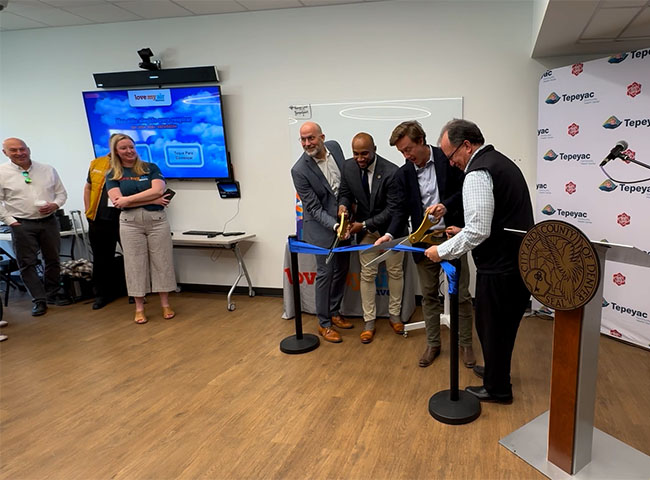
May 7, 2025
Denver unveils health clinic air monitors
Kaiser Permanente helps Love My Air provide real-time information about …

April 30, 2025
A history of trailblazing nurses
Nursing pioneers lay the foundation for the future of Kaiser Permanente …

April 16, 2025
Sidney R. Garfield, MD: Pioneer of modern health care
Kaiser Permanente’s co-founding physician spread prepaid care and the idea …
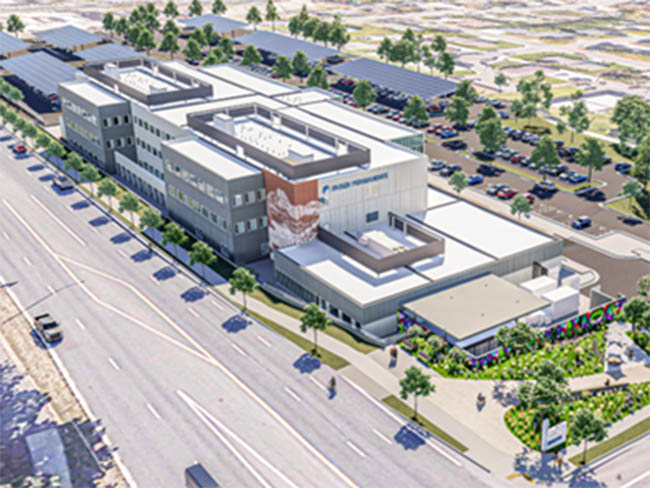
September 19, 2024
First look at new Lakewood facilities
New medical offices will enhance the health care experience for members …
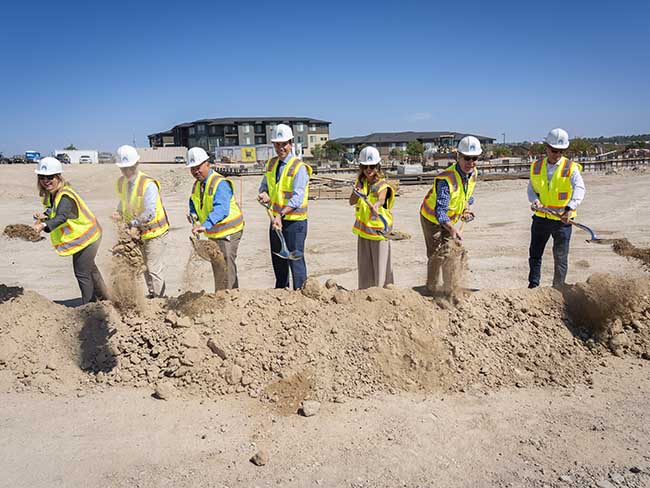
September 17, 2024
Groundbreaking at new medical offices in Pueblo
The new Pueblo North Medical Offices will replace the existing facility …
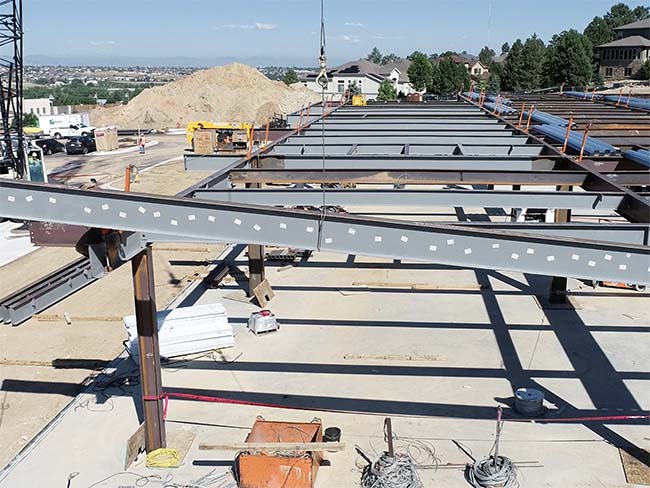
August 28, 2024
Final beams placed at Parker Medical Offices
The final steel beams for the new Kaiser Permanente Parker Medical Offices …
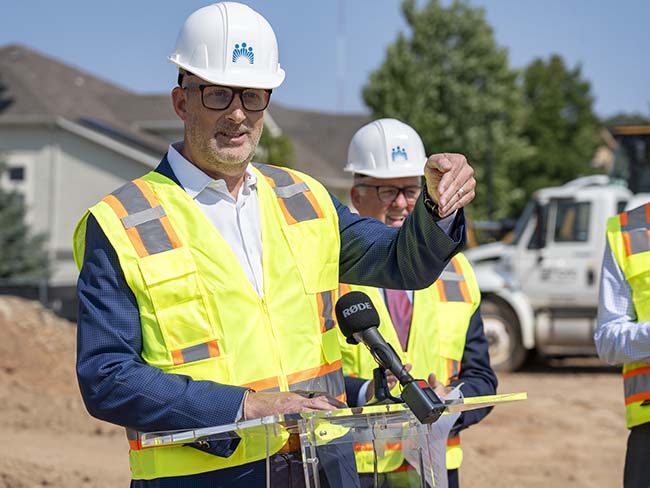
July 25, 2024
Breaking ground on bigger, better offices in Parker
The new Kaiser Permanente Parker Medical Offices in Colorado, which are …
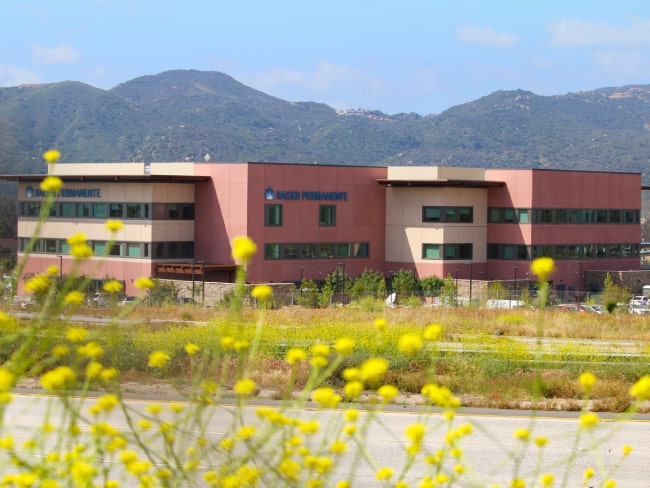
May 24, 2024
Investing to meet health care needs
The new Wildomar Trail Medical Offices offer additional opportunities for …

May 3, 2024
Henry J. Kaiser: America’s health care visionary
Kaiser was a major figure in the construction, engineering, and shipbuilding …

April 8, 2024
Martin Luther King Jr.’s dream is alive at Kaiser Permanente
Greg A. Adams, chair and chief executive officer of Kaiser Permanente, …

February 13, 2024
A legacy of life-changing community support and partnership
The Kaiser Permanente Watts Counseling and Learning Center started as a …

February 2, 2024
Expanding medical, social, and educational services in Watts
Kaiser Permanente opens medical offices and a new home for the Watts Counseling …

October 17, 2023
How Kaiser Permanente evolved
Sidney R. Garfield, MD, and Henry J. Kaiser came together to pioneer an …

September 13, 2023
Transforming the medical record
Kaiser Permanente’s adoption of disruptive technology in the 1970s sparked …

May 17, 2023
Accelerating value in health care
An op-ed by Geisinger Health board of directors members Gail R. Wilensky, …

May 8, 2023
Risant Health captures national attention
Creation of new nonprofit and pending acquisition of Geisinger Health advances …

May 2, 2023
Women lead an industrial revolution at the Kaiser Shipyards
Early women workers at the Kaiser shipyards diversified home front World …

April 26, 2023
Risant Health
A transformative solution for health care in America

April 26, 2023
Risant Health launches with Geisinger
New nonprofit accelerates value-based care with leading community-based …

April 25, 2023
Hannah Peters, MD, provides essential care to ‘Rosies’
When thousands of women industrial workers, often called “Rosies,” joined …

November 22, 2022
Investing in Colorado and building for our future
A $100 million investment will help improve member experience and prepare …

November 11, 2022
A history of leading the way
For over 75 innovative years, we have delivered high-quality and affordable …
November 11, 2022
Pioneers and groundbreakers
Learn about the trailblazers from Kaiser Permanente who shaped our legacy …
November 11, 2022
Our integrated care model
We’re different than other health plans, and that’s how we think health …
November 11, 2022
Our history
Kaiser Permanente’s groundbreaking integrated care model has evolved through …
October 14, 2022
Contact Heritage Resources
October 1, 2022
Innovation and research
Learn about our rich legacy of scientific research that spurred revolutionary …

May 26, 2022
Nurse practitioners: Historical advances in nursing
A doctor shortage in the late 1960s and an innovative partnership helped …

September 10, 2021
‘Baby in the drawer’ helped turn the tide for breastfeeding
This innovation in rooming-in allowed newborns to stay close to mothers …

August 25, 2021
Kaiser Permanente’s history of nondiscrimination
Our principles of diversity and our inclusive care began during World War …

July 22, 2021
A long history of equity for workers with disabilities
In Henry J. Kaiser’s shipyards, workers were judged by their abilities, …

June 2, 2021
Path to employment: Black workers in Kaiser shipyards
Kaiser Permanente, Henry J. Kaiser’s sole remaining institutional legacy, …

February 22, 2021
The Permanente Richmond Field Hospital
Forlorn and all but forgotten, it played a proud role during the World …

September 28, 2020
A legacy of disruptive innovation
Proceeds from a new book detailing the history of the Kaiser Foundation …

August 26, 2020
Kaiser Permanente’s pioneering nurse-midwives
The 1970s nurse-midwife movement transformed delivery practices.

July 30, 2020
Books and publications about our history
Interested in learning more about the history of Kaiser Permanente and …

July 21, 2020
Transcending language barriers in health care for decades
Good communication is key to good health. During Kaiser Permanente’s 75th …

July 21, 2020
Diagnostic and preventive care is in our DNA
A routine screening helped detect Bill Walsh’s cancer before it became …

May 18, 2020
Nurses step up in crises
Kaiser Permanente nurses have been saving lives on the front lines since …

November 8, 2019
Swords into stethoscopes — veterans in health professions
Kaiser Permanente has actively hired veterans in all capacities since World …

August 28, 2019
When labor and management work side by side
From war-era labor-management committees to today’s unit-based teams, cooperatio …

August 2, 2019
Thriving with 1960s-launched KFOG radio
Kaiser Broadcasting radio connected listeners, while TV stations brought …

June 5, 2019
Breaking LGBT barriers for Kaiser Permanente employees
“We managed to ultimately break through that barrier.” — Kaiser Permanente …

March 29, 2019
Equal pay for equal work
Kaiser shipyards in Oregon hired the first 2 female welders at equal pay …

February 5, 2019
Mobile clinics: 'Health on wheels'
Kaiser Permanente mobile health vehicles brought care to people, closing …

December 10, 2018
Southern comfort — Dr. Gaston and The Southeast Permanente Medical Group
Local Atlanta physicians built community relationships to start Kaiser …

May 30, 2018
John Graham Smillie, MD, pediatrician and innovator
Celebrating the life of a pioneering pediatrician who inspired the baby …

April 30, 2018
Nursing pioneers leads to a legacy of leadership
Kaiser Foundation School of Nursing students learned a new philosophy emphasizin …

April 19, 2018
Wasting nothing: Recycling then and now
Environmentalism was a common practice at the Kaiser shipyards long before …

April 12, 2018
Harold Hatch, health insurance visionary
The founding of Kaiser Permanente's concept of prepaid health care in the …

March 26, 2018
5 physicians who made a difference
Meet 5 outstanding doctors who advanced the practice of medical care with …

March 13, 2018
Henry J. Kaiser and the new economics of medical care
Kaiser Permanente’s co-founder talks about the importance of building hospitals …

March 8, 2018
Slacks, not slackers — women’s role in winning World War II
Women who worked in the Kaiser shipyards helped lay the groundwork for …

February 22, 2018
The amazing true story of Park Ranger Betty Reid Soskin
She is the oldest national park ranger in the country with a legacy of …

December 19, 2017
From boats to books: A history of Kaiser Permanente’s medical libraries
Kaiser Permanente librarians are vital in helping clinicians remain updated …

November 7, 2017
Patriot in pinstripes: Honoring veterans, home front, and peace
Henry J. Kaiser's commitment to the diverse workforce on the home front …

October 12, 2017
An experiment named Fabiola
Health care takes root in Oakland, California.

September 29, 2017
Harbor City Hospital: Beachhead for labor health care
The story of Kaiser Permanente's South Bay Medical Center finds its roots …

August 15, 2017
Sidney R. Garfield, MD, on medical care as a right
Hear Kaiser Permanente’s physician co-founder talk about what he learned …

August 10, 2017
‘Good medicine brought within reach of all'
Paul de Kruif, microbiologist and writer, provides early accounts of Kaiser …

July 14, 2017
Kaiser’s role in building an accessible transit system
Harold Willson, an employee, and an advocate for accessible transportation, …

July 7, 2017
Mending bodies and minds — Kabat-Kaiser Vallejo
The expanded new location provided care to a greater population of members …

June 23, 2017
No getting round it: An innovative approach to building design
Kaiser Permanente incorporated innovative circular architectural designs …

June 14, 2017
Kabat-Kaiser: Improving quality of life through rehabilitation
When polio epidemics erupted, pioneering treatments by Dr. Herman Kabat …

June 9, 2017
Edmund (Ted) Van Brunt, pioneer of electronic health records, dies at age …
Throughout his career, Dr. Van Brunt applied computers and databases in …

May 4, 2017
How a Kaiser Permanente nurse transformed health education
Kaiser Permanente's Health Education Research Center and Health Education …

March 22, 2017
Kaiser Permanente and Group Health Cooperative: Working together since …
The formation of Kaiser Permanente Washington comes from longstanding collaborat …

March 7, 2017
Beatrice Lei, MD: From Shantou, China, to Richmond, California
She served as a role model and inspiration to the women physicians and …

March 1, 2017
Screening for better health: Medical care as a right
When industrial workers joined the health plan, an integrated battery of …

February 17, 2017
Experiments in radial hospital design
The 1960s represented a bold step in medical office architecture around …

February 3, 2017
Ellamae Simmons — trailblazing African American physician
Ellamae Simmons, MD, worked at Kaiser Permanente for 25 years, and to this …

January 27, 2017
Japanese-American doctors overcame internment setbacks
Despite restrictive hiring practices after World War II, Kaiser Permanente …
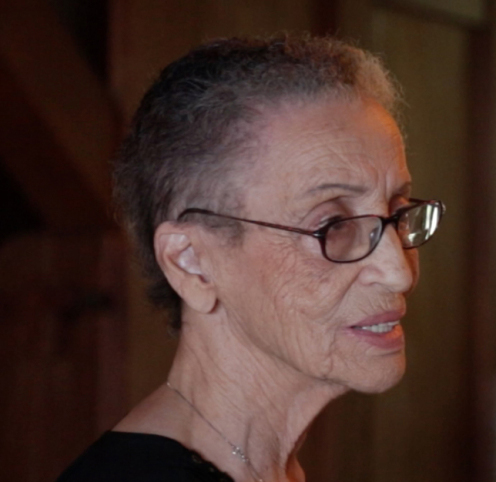
November 16, 2016
Betty Reid Soskin honored with lifetime achievement award
The California Studies Association presents the Carey McWilliams Award …
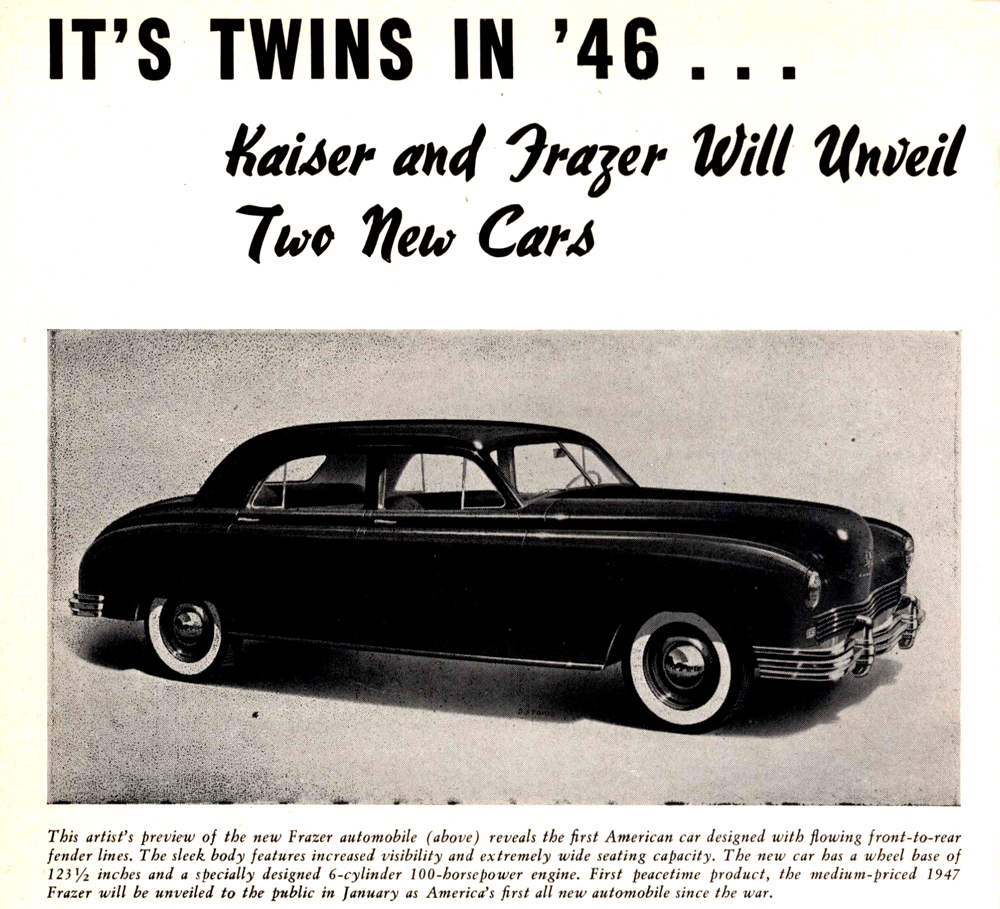
October 17, 2016
Kaiser Motors in Oakland — “We sell to make friends.”
In 1946 Henry J. Kaiser Motors purchased half a square block in downtown …
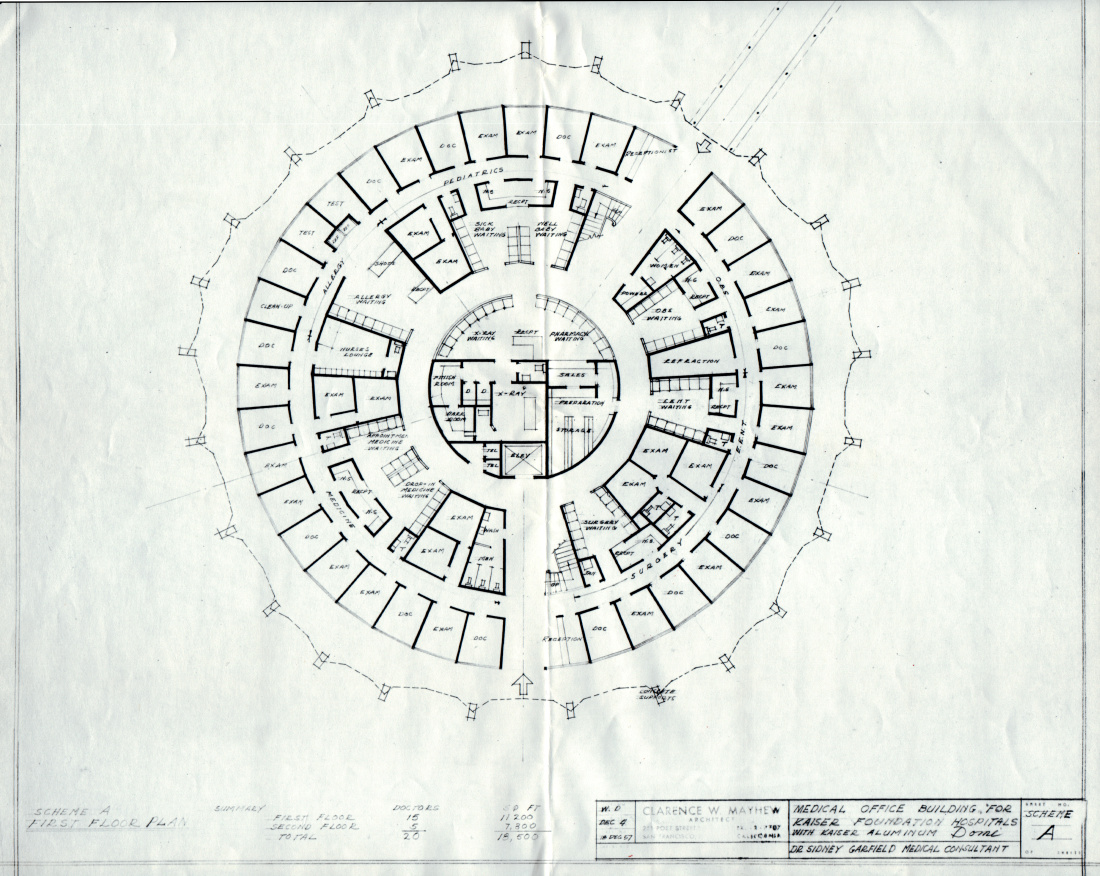
October 12, 2016
Kaiser’s geodesic dome clinic
There are hospital rounds, and there are round hospitals.

May 5, 2016
Male nursing pioneers
Groundbreaking male students diversify the Kaiser Foundation School of …

April 20, 2016
Henry J. Kaiser’s environmental stewardship
Since the 1940s, Kaiser Industries and Kaiser Permanente have a long history …
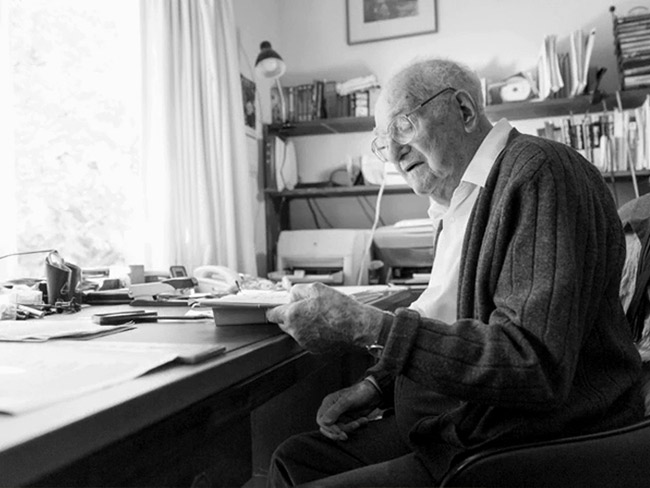
November 13, 2015
Dr. Morris Collen’s last book on medical informatics
The last published work of Morris F. Collen, MD, one of Kaiser Permanente’s …
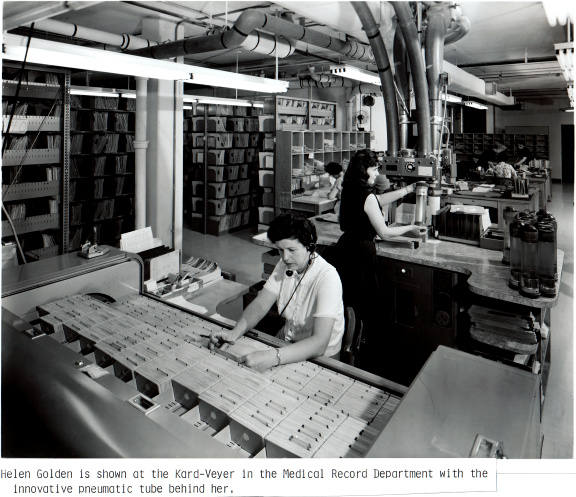
October 29, 2015
From paper to pixels — the new paradigm of electronic medical records
Transitioning to electronic health records introduced new approaches, skills, …
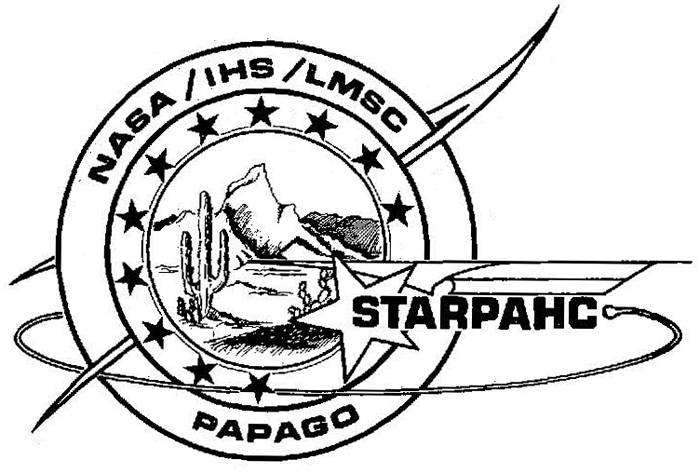
September 23, 2015
Kaiser Permanente and NASA — taking telemedicine out of this world
Kaiser Permanente International designs, develop, and test a remote health …

July 22, 2015
Kaiser Permanente as a national model for care
Kaiser Permanente proposed a revolutionary national health care model after …

July 21, 2015
Kaiser Permanente's early support from labor
Experiencing the Kaiser Permanente health plan led labor unions to support …
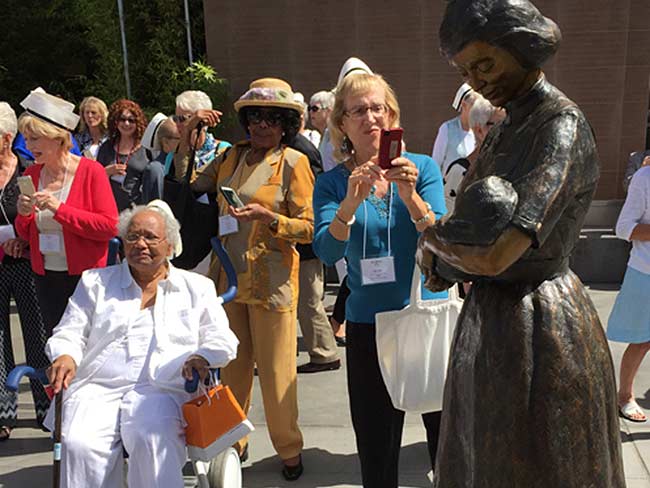
July 1, 2015
Sculpture dedicated to Kaiser Nursing School
The Kaiser Foundation School of Nursing sculpture near Kaiser Oakland hospital …

May 6, 2015
Celebrating Betty Runyen — Kaiser Permanente’s ‘founding nurse’
In a desert hospital during the Great Depression, Betty Runyen overcame …
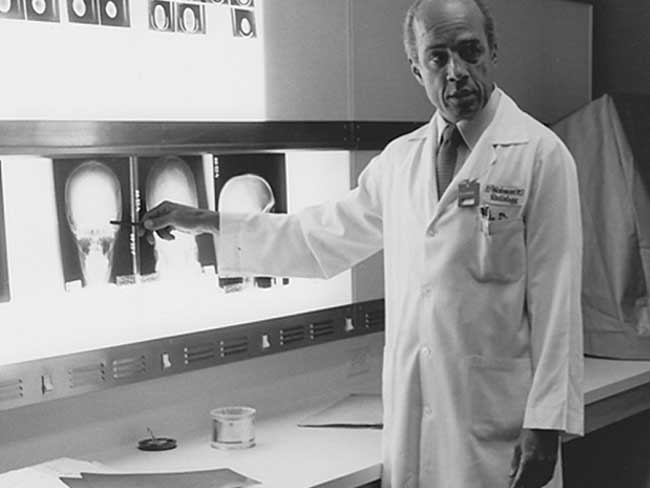
April 27, 2015
Eugene Hickman, MD — Pioneering Black physician
Dr. Hickman had a long career at Kaiser Permanente, becoming president …
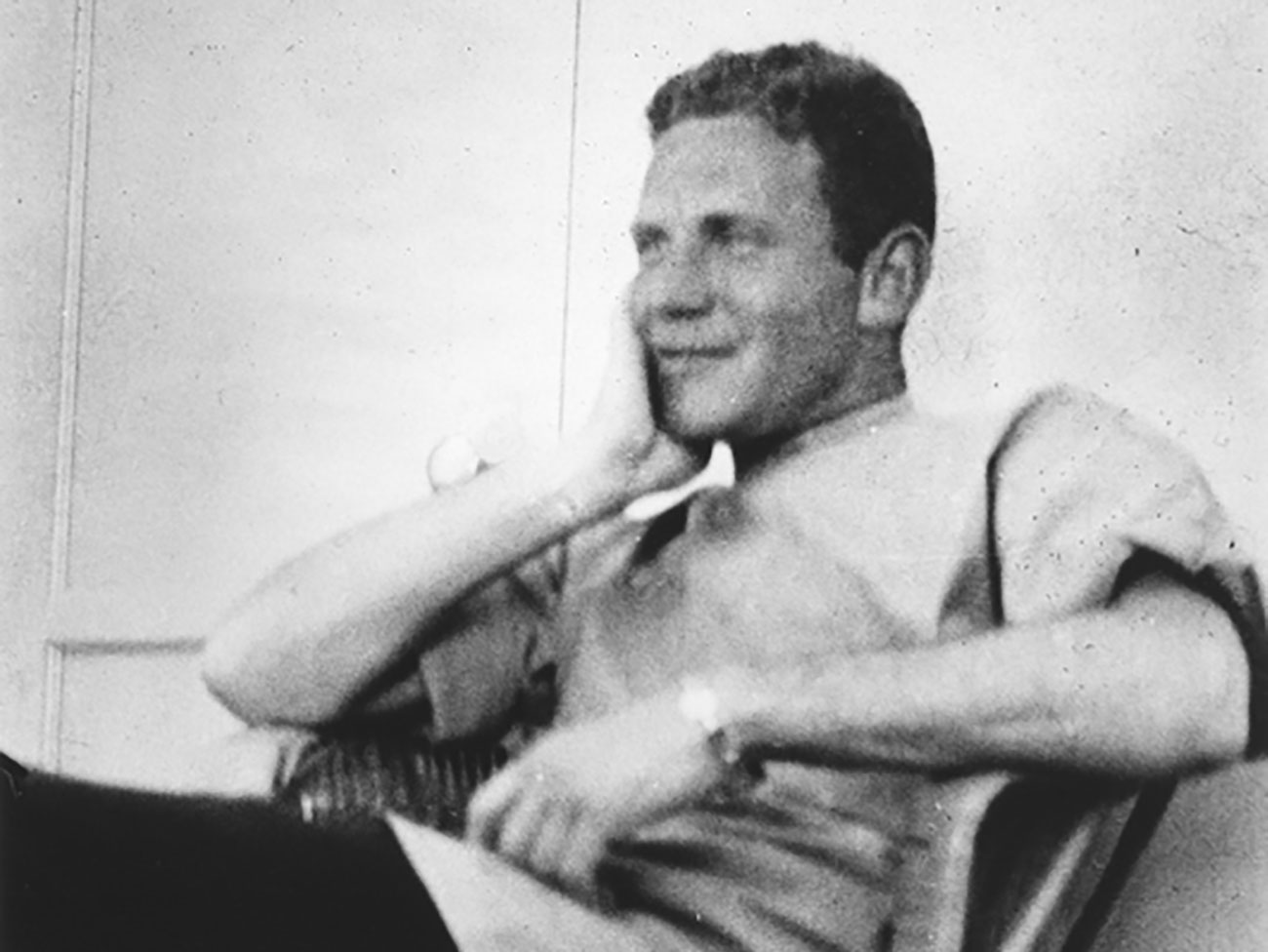
April 24, 2015
2 historical reflections on Kaiser Permanente
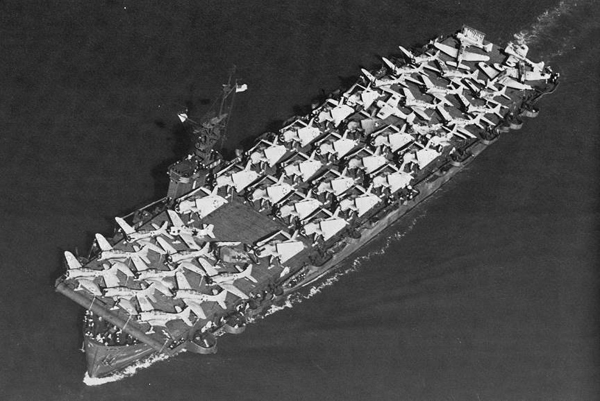
April 2, 2015
Henry Kaiser’s escort carriers and the Battle of Leyte Gulf

January 9, 2015
The World War II Kaiser Richmond shipyard labor force
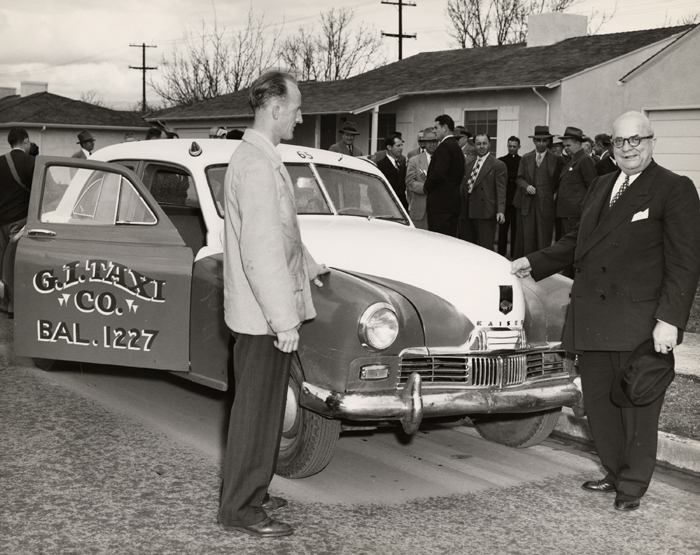
December 16, 2014
Henry J. Kaiser on veteran employment and benefits

December 11, 2014
Henry J. Kaiser, geodesic dome pioneer
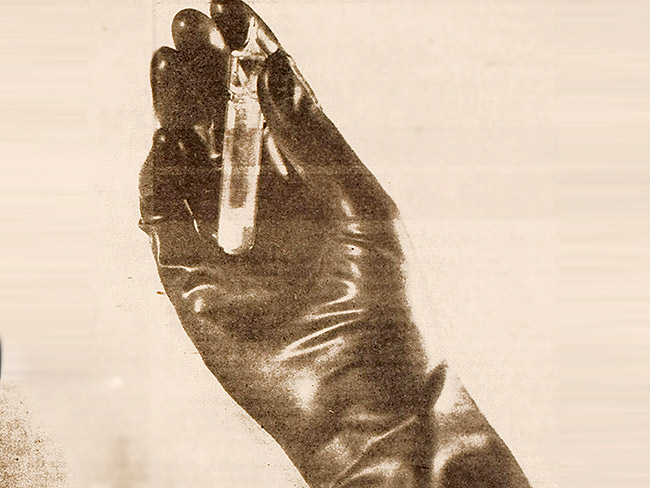
July 23, 2014
Kaiser shipyards pioneered use of wonder drug penicillin
Though supplies for civilians were limited, Dr. Morris Collen’s wartime …

June 24, 2014
Kaiser Permanente's first hospital changes and grows
A collection of vintage photos that chronicle the evolution of Oakland …
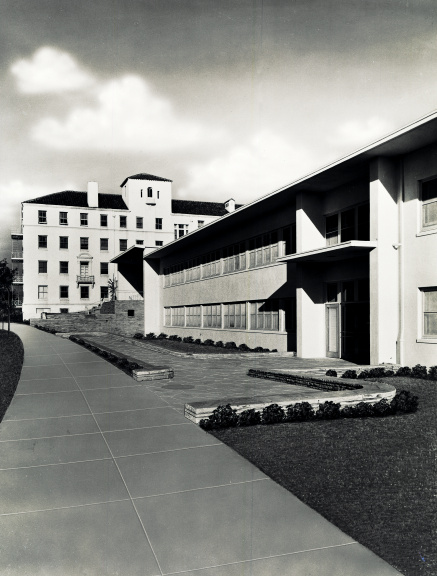
June 20, 2014
Old hospital holds memories of Kaiser Permanente’s past
Rebuilt Oakland Medical Center to open for business.

May 13, 2014
Henry J. Kaiser sticks up for union labor at Brewster Aeronautical

May 5, 2014
Black nurses get together to forge their own future
California African American nurses organize in early 1970s to address health …
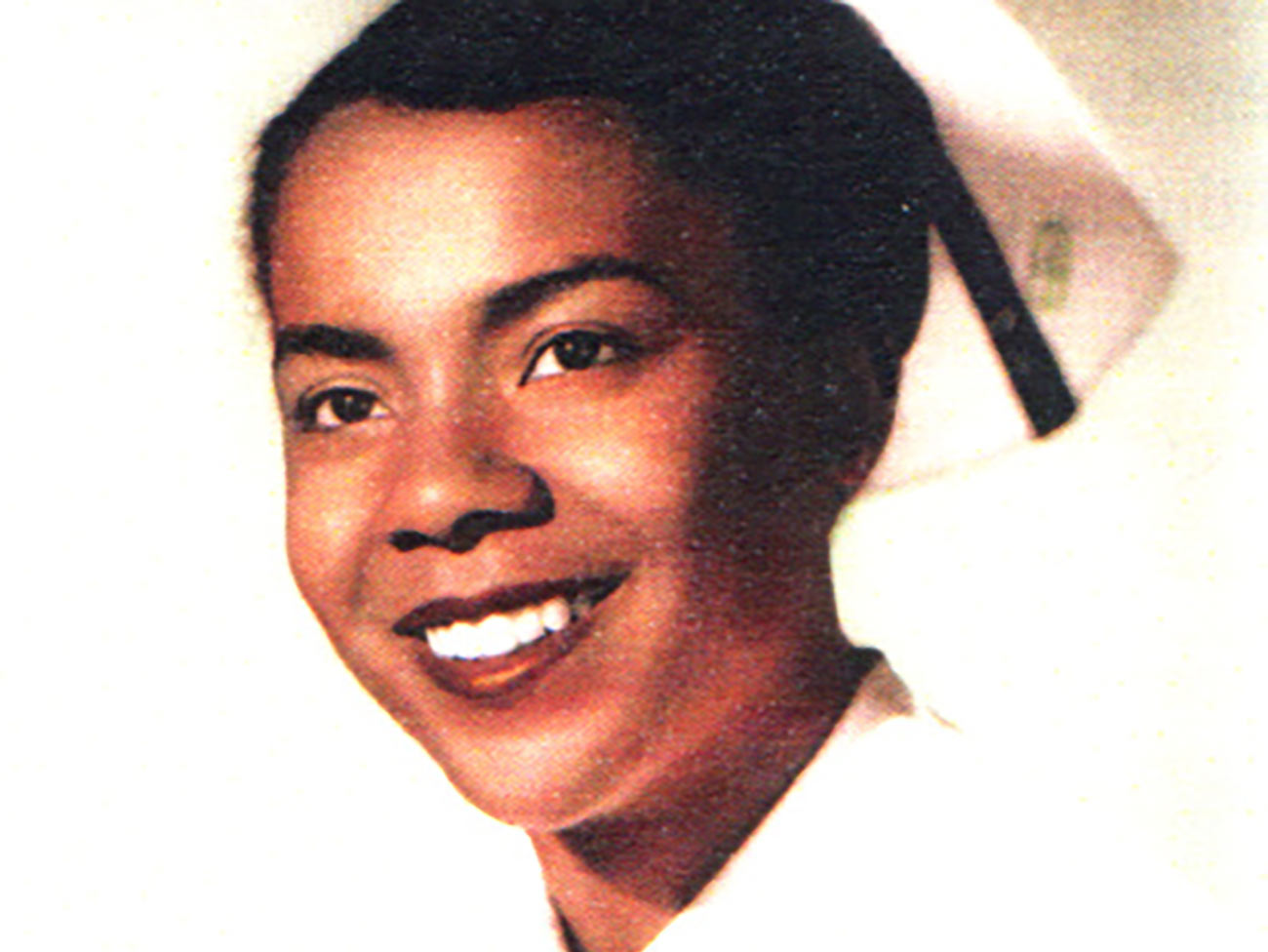
May 1, 2014
Beloved nurse earned place in Kaiser Permanente history
Jessie Cunningham, the first Black nursing supervisor at Oakland Medical …
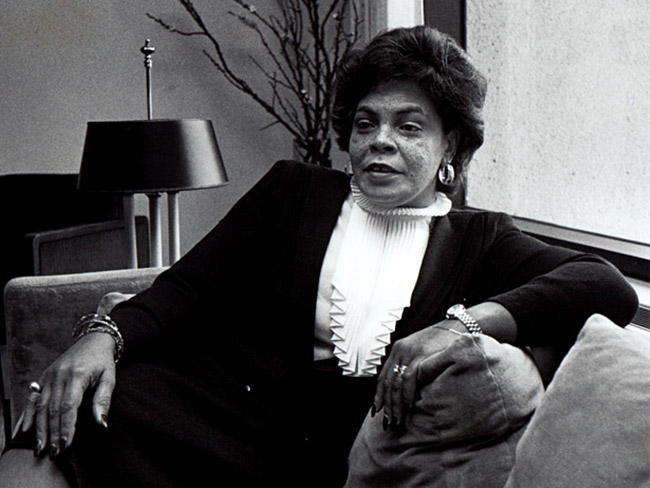
February 18, 2014
Alva Wheatley: Champion of Kaiser Permanente diversity
Third in a series marking Black History Month.
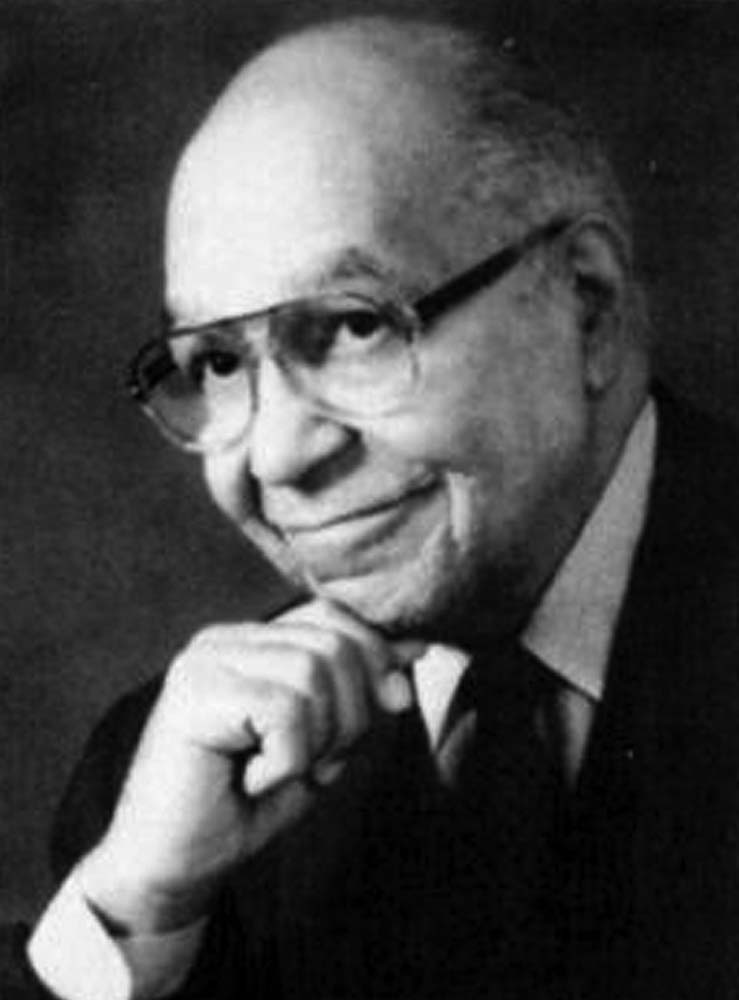
January 31, 2014
Raleigh Bledsoe, MD: First Black radiologist west of Rockies
Dr. Bledsoe became the first Black physician for Southern California Permanente …
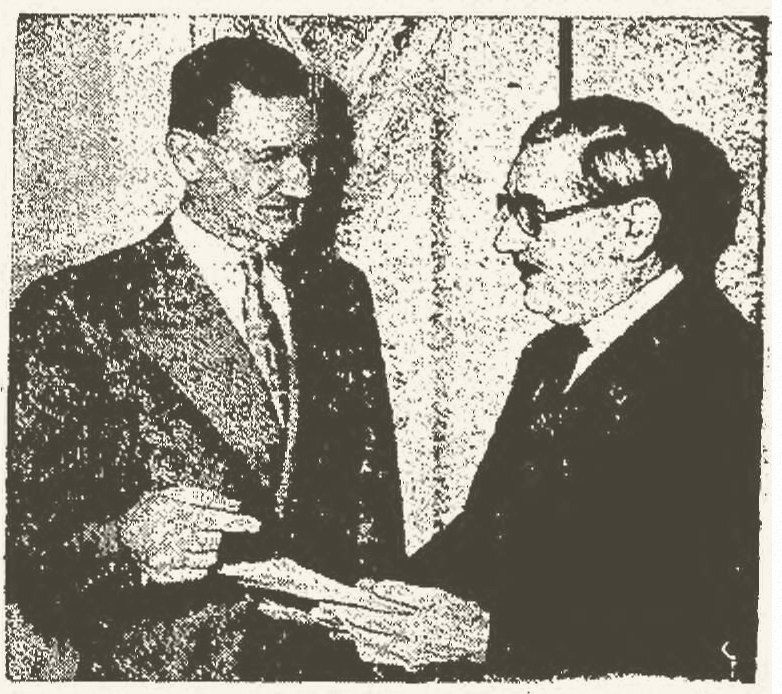
January 23, 2014
Kaiser's first labor attorney in the thick of union battles
Harry F. Morton was an instrumental figure at Henry J. Kaiser's side, setting …
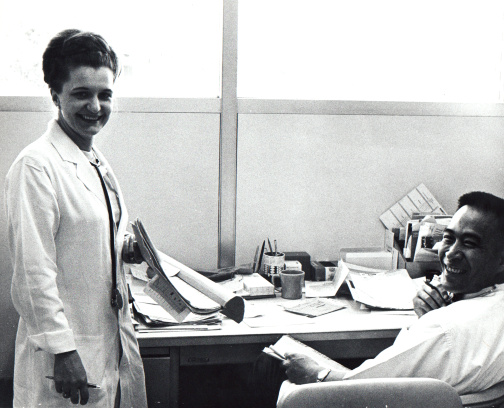
October 16, 2013
Georgia cardiologist returns to Atlanta to start new Permanente group
Kaiser Permanente expands to the Southeast and builds community relations …
